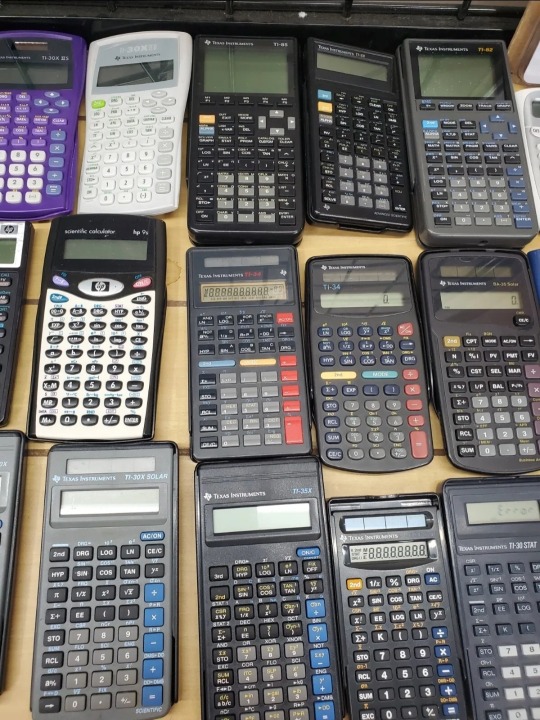#calculators
Text


Hello kitty Claire's Calculators
#claires#claire's#calculators#uploads#calculator#colorful#png#transparent#transparent pngs#transparent png
2K notes
·
View notes
Photo
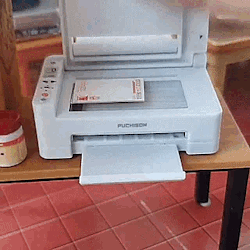





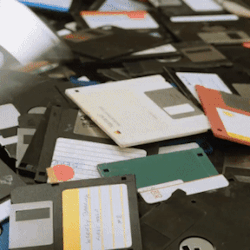


Office Supplies stimboard for anon
x x x - x x x - x x x
272 notes
·
View notes
Text


Two ads by CASIO, 1981
Scan
63 notes
·
View notes
Text

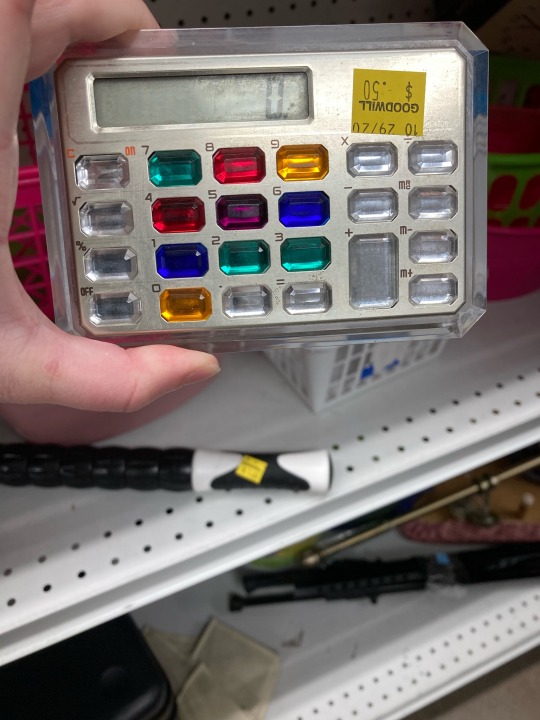

I genuinely don’t remember if I’ve submitted this stuff! I don’t think I have. Goodwill in Illinois.
#submission#shiftythrifting#thrifting#bears#calculators#bling#mouse! food#just throw that shit out#pls stop selling open food goodwill#even pet food#come on
176 notes
·
View notes
Photo


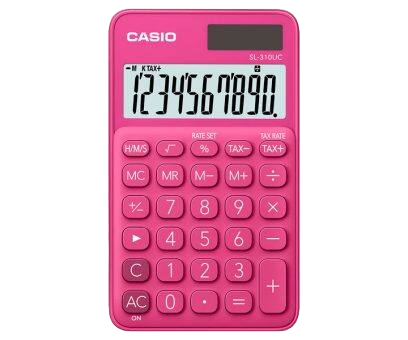
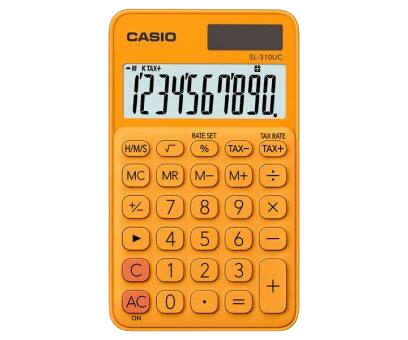
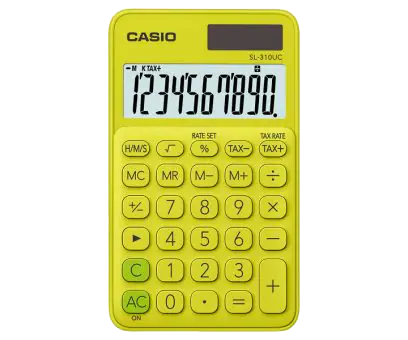


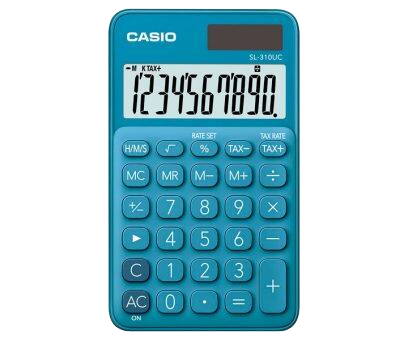

SL-310UC Calculators by Casio
91 notes
·
View notes
Text

Smith chart
14 notes
·
View notes
Text

Stay ahead of the curve with the new Commodore Solid State* Electronic Business Calculator.
*state is not necessarily solid.
#business#businesscore#business memes#nostalgia#office space#vaporwave#retro#memes#retro tech#80s aesthetic#commodore#calculators#business tools#business tips#80s tech#vintage electronics
22 notes
·
View notes
Photo
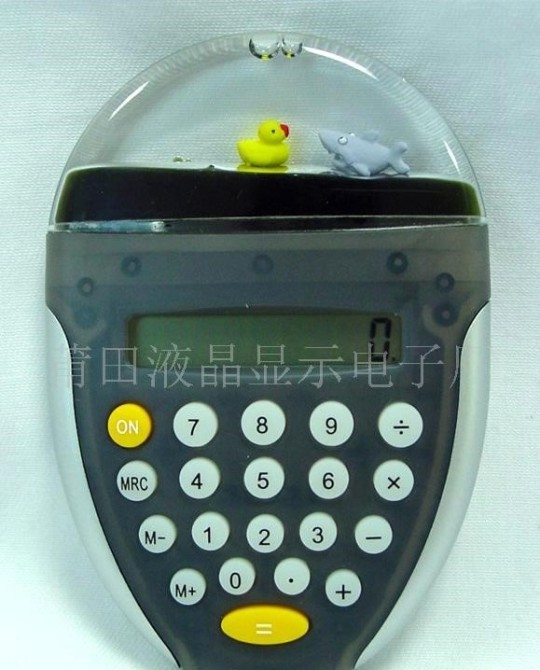
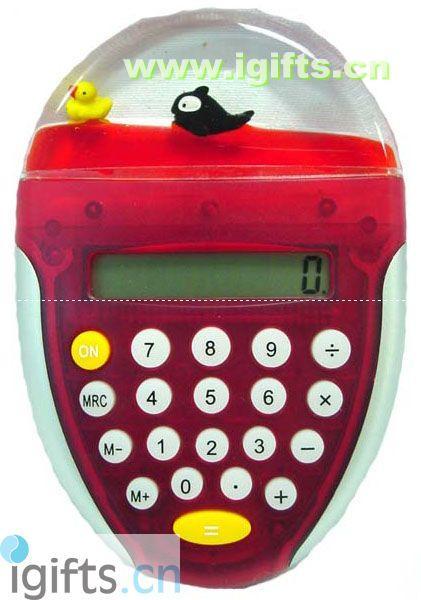
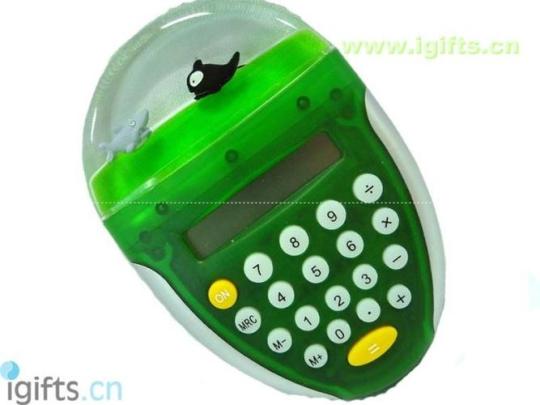
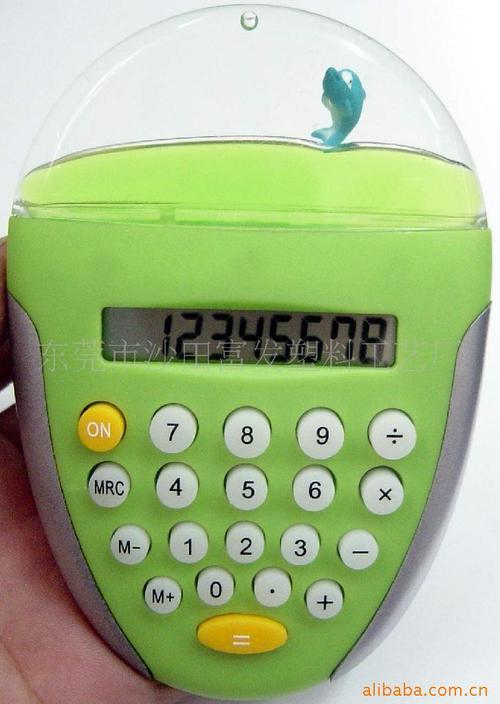

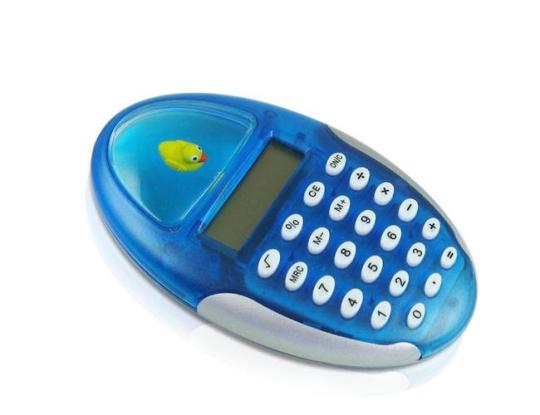
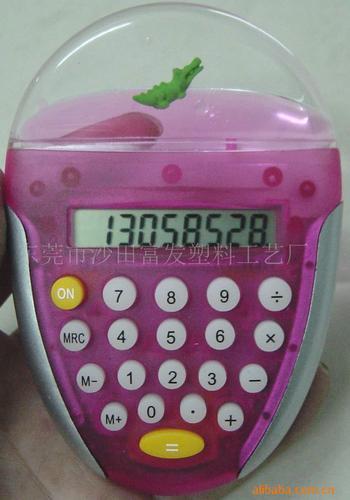

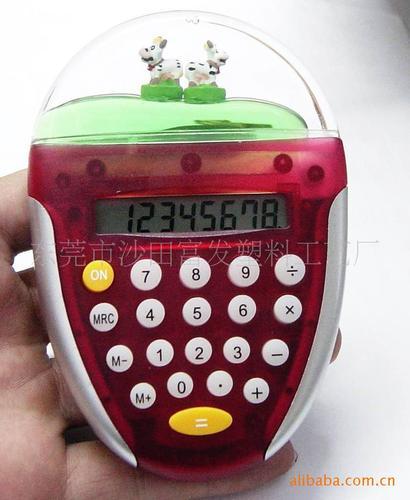
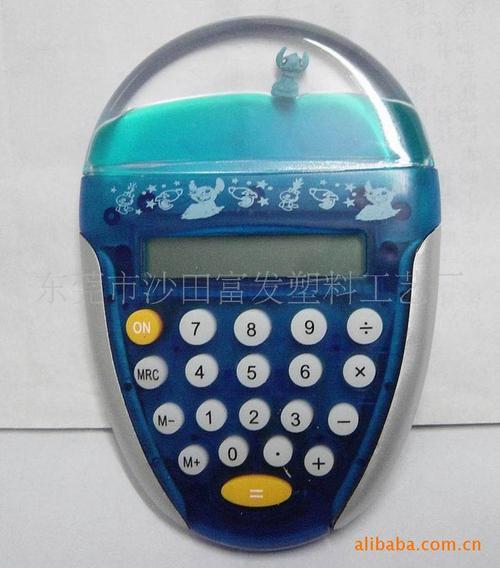
Aqua calculators I guess
#toycore#stationery#school supplies#kidcore#nostalgiacore#nostalgia#2000s?#stitch#calculators#aqua#aquacore#electronics#tech#techcore#aesthetic
289 notes
·
View notes
Text
Today in Computer History (02/14/2024):
Today is Valentine’s Day, which means we say a very special happy birthday to the ENIAC! Today, February 14th 2024, the first ever electric, programmable, general purpose digital computer turns 79 years old!

(Picture via University of Pennsylvania)
Completed in 1945, the ENIAC (Electronic Numerical Integrator and Computer) was the first computer to integrate all its features into one unit. The ENIAC took up more than 1,800 square feet and weighed over 27 ton, and was made up of 40 panels, 17,000 vacuum tubes, 7,200 crystal diodes, 1,500 relays, 70,000 resistors, 10,000 capacitors, and over 5,000,000 hand-soldered joints. These numbers have gotten bigger over time, of course. Today, a single stick of 4gb RAM has somewhere in the ballpark of 32 billion capacitors.
The ENIAC could perform up to 5,000 additions or 50 multiplications per second, with a clock speed of around 100 kilohertz. It calculated trajectories 40 times faster than humans could. For additional context by modeling calculators, the classic Ti-84 plus (2004), one of the most used calculators to this day, has a clock speed of 15 megahertz, 150 times faster than the ENIAC.
The ENIAC was the first dive into digital calculators in the modern age, retired in 1955 at ten years old. And nearly eight decades later, we now carry devices with calculators in our pockets. The ENIAC was thousands of times bigger than the largest smartphones on the modern market, and part of it is on display at the University of Engineering and Applied Science at the University of Pennsylvania.

(Picture via Wikipedia)
#computers#today in computer history#February 14th#ENIAC#calculators#isn’t this shit CRAZY#queueputer!
9 notes
·
View notes
Text


Meowth calculator
767 notes
·
View notes
Text
Good morning, friends. 🌹🌹🌹

9 April 2024
When I was in high school, as I recall, we didn't have battery operated calculators. I'm not sure that they were a thing back then. Hmmm … I need to look that up. … Here's what I found out, the first battery operated portable calculator, the QT-8B was marketed by Sharp in mid-1970 (1). It was too large to be considered a pocket calculator and the cost was $495 (2), which is the equivalent of about $4K today. So, as you can imagine, we did all calculations by hand. There were slide rules and I suppose the abacus counts as well. There were mechanical calculators, and we were taught how to use them along with typewriters, in a Business Machines class.
"I am so old, I entered engineering school with a slide rule. And I left engineering school with a calculator. I can still use a slide rule but it's not a skill you especially need anymore". - Bill Nye
http://www.vintagecalculators.com
https://americanhistory.si.edu
3 notes
·
View notes
Text
There are 14 calculators to choose from, including the HP 48GX, TI-82, TI-83 Plus, and even the Electronic Number Muncher, which is an 80s-era toy calculator. The Internet Archive doesn’t just emulate the interface of each device, either; it incorporates their physical design and buttons, making it feel like you have the actual device right in front of you.
18 notes
·
View notes
Text
A totally different kind of calculator
My latest purchase for The Collection, a Calculated Industries ConversionCalc Plus, was mainly to further diversify my collection, as I now want to get calculators from as many distinct manufacturers as possible. As the name suggests, it's a calculator that is entirely dedicated to the task of converting between different measurements.

I picked the conversion calculator because it is by far the least specialised of all of CI's calculators and just about the only one I could imagine being actually useful to me.
After getting it, it's one of my favourite calculators ever and it goes on my desk rather than on the drawers with most of the calculator collection. I use it whenever I have unit conversions to do because it's so much more convenient than opening a new tab and typing conversions into Google, especially because Google converts to feet with a decimal point by default, instead of feet and inches:

Look Google! It's how people expect feet measurements to be formatted!
Most unit conversions are two button presses away because there's no need to type out their names or dig through menus, everything's at the base or shifted layers of the keypad. I would never use my other calculators for this purpose because they don't prioritise it enough to be faster than Google. It's faster to type "1435 mm to ft" into Google than find the conversions menu in my fx-9750Gii and use submenus every time to slowly type out "[mm] -> [ft]":

After all that effort, it still won't present it in feet and inches!
It of course works as a normal calculator, but has some odd limitations, such as lacking cubes and cube roots. Squares and square roots are elegantly integrated into the unit conversion system. Squaring a metre value will turn it into square metres, and taking the square root of an area will show you the side length of a square with that area, automatically changing from square measurements to linear ones. But none of this can happen with the cubic measurements. Oh well.
Unfortunately, this calculator doesn't support the UK imperial system. All imperial units are the US versions. This is not a huge problem for me as the vast majority of the time I use this calculator will be for communication with Americans.
Converting between units never loses precision. If you convert a number into a new unit, all of the digits of the original unit are retained no matter how many conversions you do afterward. This even applies to entering fractional amounts of inches, which has a special "/" (that is, not the usual divide symbol) button on the calculator. Fractions automatically get converted into a fraction with a power of 2 denominator, but when shown as a decimal value, are clearly still their original value rather than rounded. This is really impressive.
Another great part of the calculator's interface is the unusual number of edge cases built in to display as many digits as possible at all times. If needed, the calculator repurposes its scientific notation/fraction digits into a bonus pair of digits after the decimal place:

I thought this was a bug when I first saw it!
It also has a fourteen-segment display to the left of the main seven-segment display, the first calculator in my collection to feature one. This is used for some of the measurements that don't have dedicated segments in the LCD. But it can also display the minus sign, so MILE ends up dropping the E in sufficiently long negative numbers:

Notice here that it's also using the uppermost segment of the last digit as a minus sign for the scientific notation digits. This seems to suggest that these are not intended to show scientific notation and were originally designed to display inches with fractions, and were then repurposed for scientific notation:
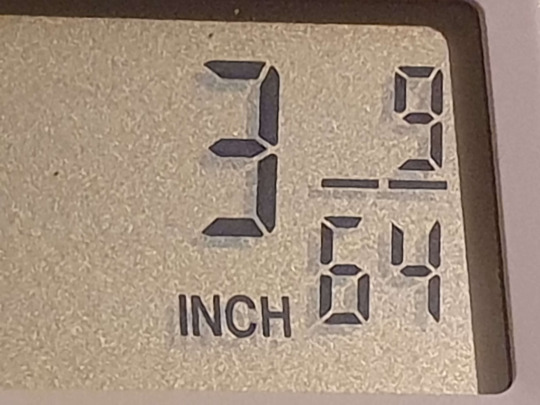
In general, the interface shows an incredibly creative approach to using the LCD panel that I've never seen on any other calculator. Looking through CI's range, some of their other calculators seem to feature a similar or possibly identical display, which suggests it's a standard one that they reuse for all of their calculators.
My collection is now at 19 calculators and I have every major type of calculator:
Standard
Financial
Programmer
Scientific
Graphing
I would consider this another category from all of those, the "unit converter" calculator type. Just as scientific calculators often include programmer functionality in their BASE-N modes, this is definitely not something that this calculator is uniquely capable of, but it is something it's uniquely capable in. It is to unit conversion what my DM16L is to BASE-N arithmetic and logic.
Having a totally new kind of calculator is rare and exciting with a collection my size, which is why I've found the CI converter calculator so much more interesting than my other recent additions, which have been scientific and graphing calculators.
It ticks boxes for my calculator collecting, is genuinely useful to me and has a very unusual set of capabilities and user interface. Love it when that happens!
Calculated Industries website
3 notes
·
View notes
Photo

Blaise Pascal was born on June 19, 1623. A French mathematician, physicist, inventor, philosopher, writer, and Catholic theologian. Like his contemporary René Descartes, Pascal was also a pioneer in the natural and applied sciences. Pascal wrote in defense of the scientific method and produced several controversial results. He made important contributions to the study of fluids, and clarified the concepts of pressure and vacuum by generalising the work of Evangelista Torricelli. In 1642, while still a teenager, he started some pioneering work on calculating machines, establishing him as one of the first two inventors of the mechanical calculator.
#blaise pascal#physics#scientific method#air pressure#vacuums#inventors#calculators#mechanical calculator#science#science history#science birthdays#on this day#on this day in science history
5 notes
·
View notes
